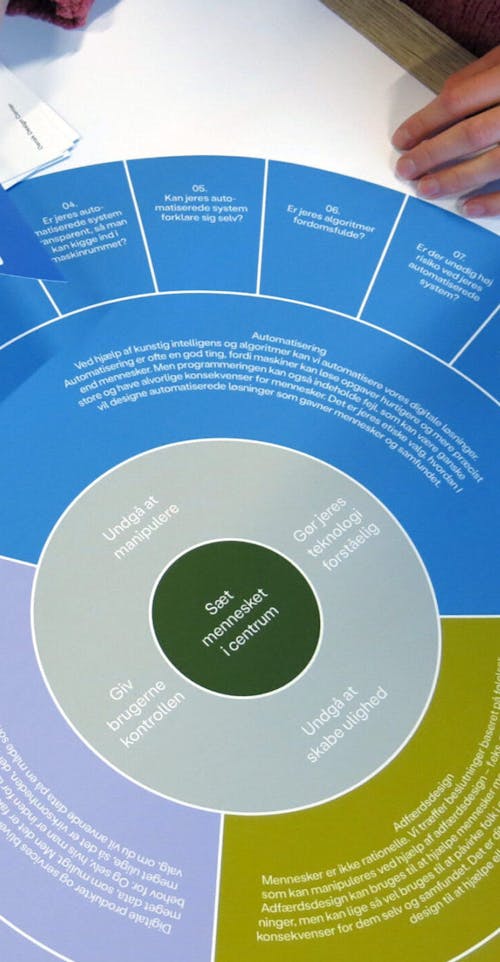
Log 5: It’s just a door
03. Jan 2022As designers, we often focus exclusively on aesthetics and ‘ease of use’. After all, we are simply making products. How people use them is none of our concern. We are beyond ethics!
By Peter Svarre
This article is published in connection with The Digital Ethics Compass project.
We all know the expression ‘Guns don’t kill people, people kill people’ which is often uttered by gun fanatics. The point is that it is not the design itself – the gun – that kills people. Things are just things. It is human actions that make things ethical or unethical. Thus, how a gun is designed has no ethical consequences.
But the argument falls flat when considered from a higher ethical perspective. Once we begin closely studying pistols and rifles, we find that the designs are full of ethical and legal considerations. For example, virtually all firearms come with a safety switch that minimizes accidental discharges. This is a design detail that actually makes it harder to use the weapon, but it is a detail that saves countless lives – among them, the owners of the weapons.
The United States is one of the most liberal countries in the world when it comes to weapons, but even in the United States they have legislation which limits the designs of firearms so that they (generally speaking) are not fully automatic. So they have made an ethical assessment of firearms being important to American society but at the same time, fully automatic weapons that can spray projectiles at great speed are still so ethically problematic that they have also become illegal.
And in fact, it is not just weapons that can be both ethical and unethical. Virtually all designed products and solutions have an ethical component. We can even say that design choices are about integrating ethical choices into a product or solution.
Just think of a door!
Can a door be ethical?
Imagine a hotel manager who decides to save money on the doormen and instead install a common spring-closing door that shuts itself after guests open it. What ethical consequences do this choice have?
The hotel manager could ask himself the following questions:
• What about children who are not strong enough to open the door?
• What about people in wheelchairs or with other physical disabilities?
• What about the black people turned away by the doorman?
• What about the doorman? He lost his job…
• What about society? What if everything was automated?
• What happens if there is an accident involving the door? Who can help when the doorman is no longer there?
• Who makes sure that suspicious people are not let into the hotel?
In other words, the design of something as basic as a door is full of ethical considerations and decisions.
The challenge is that many designers and a lot of digital designers are not focusing on the ethical aspects of their designs at all. We care about aesthetics, usability and profitability, but we rarely consider how our products may have unintended consequences or consequences for people that we have not even thought about (perhaps because we only test on customers and users).
One of the most important objectives of The Digital Ethics Compass project is therefore to encourage designers to be aware that even the smallest design choices can have ethical consequences. When a door can be ethical, then an online banking solution, an e-commerce flow and health app can also be ethical.

Can’t get enough of design and innovation? We hear you. And we have you covered.
Sign up for our newsletter to get the latest from our world delivered straight to your inbox.
Sign up for the ddc newsletter






